Rising Consumer Awareness
The increasing awareness among consumers regarding hygiene and health safety is a pivotal driver for the Antibacterial Glass Market. As individuals become more conscious of the surfaces they interact with, the demand for antibacterial solutions in everyday products, including glass, is likely to rise. This trend is particularly evident in residential and commercial spaces where cleanliness is paramount. Market data suggests that the antibacterial glass segment is projected to witness a compound annual growth rate of approximately 8% over the next five years. This growth is fueled by the desire for safer environments, especially in high-traffic areas such as schools, hospitals, and public transport. Consequently, manufacturers are focusing on developing innovative antibacterial glass solutions to cater to this burgeoning demand.
Technological Innovations
Technological advancements play a crucial role in shaping the Antibacterial Glass Market. Innovations in glass manufacturing processes, such as the incorporation of nanoparticles and advanced coatings, are enhancing the efficacy of antibacterial properties. These technologies not only improve the performance of antibacterial glass but also expand its applications across various sectors, including automotive, construction, and consumer electronics. Market analysis indicates that the integration of smart technologies with antibacterial glass could further drive growth, as consumers seek multifunctional products. The potential for enhanced durability and self-cleaning properties may also attract a broader customer base, thereby propelling the market forward.
Growth in Construction Sector
The expansion of the construction sector is a significant driver for the Antibacterial Glass Market. As urbanization continues to rise, there is an increasing demand for innovative building materials that promote health and safety. Antibacterial glass is becoming a preferred choice for architects and builders aiming to create safer environments in residential and commercial buildings. Market data indicates that the construction industry is expected to grow at a rate of 5% annually, which could lead to a corresponding increase in the demand for antibacterial glass. This trend is particularly relevant in regions where health regulations are stringent, and the emphasis on sustainable building practices is gaining traction.
Regulatory Support and Standards
Regulatory frameworks and standards promoting the use of antibacterial materials are increasingly influencing the Antibacterial Glass Market. Governments and health organizations are advocating for the adoption of materials that can reduce the spread of pathogens in public spaces. This regulatory support is likely to enhance market growth as manufacturers align their products with these standards. For instance, certain regions have implemented guidelines that encourage the use of antibacterial surfaces in healthcare facilities, which could lead to a surge in demand for antibacterial glass. The establishment of such regulations not only fosters consumer confidence but also incentivizes manufacturers to innovate and invest in antibacterial technologies, thereby expanding the market.
Increased Investment in Research and Development
Investment in research and development is a critical driver for the Antibacterial Glass Market. Companies are increasingly allocating resources to explore new formulations and applications of antibacterial glass, aiming to enhance its effectiveness and broaden its market reach. This focus on R&D is likely to yield innovative products that meet the evolving needs of consumers and industries alike. As competition intensifies, firms that invest in developing advanced antibacterial technologies may gain a competitive edge. Furthermore, partnerships between academic institutions and industry players could lead to breakthroughs in antibacterial glass applications, potentially opening new markets and opportunities for growth.


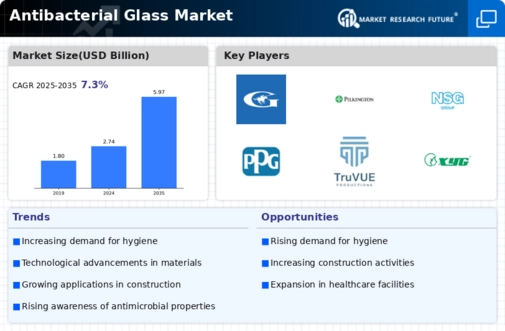
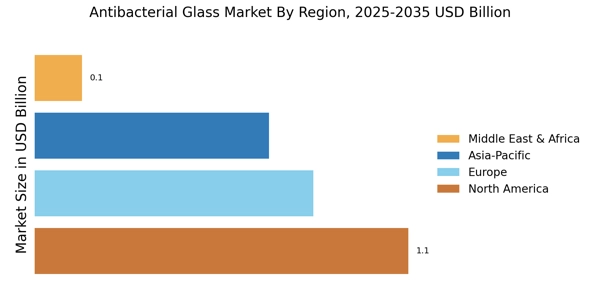
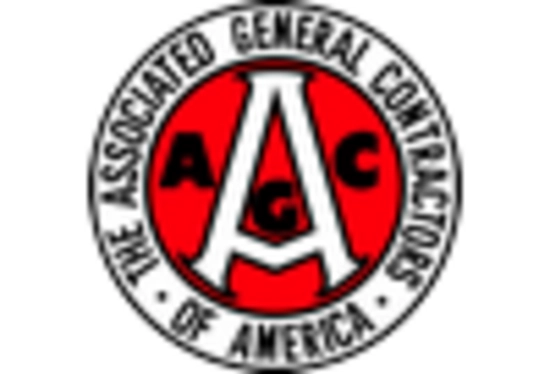
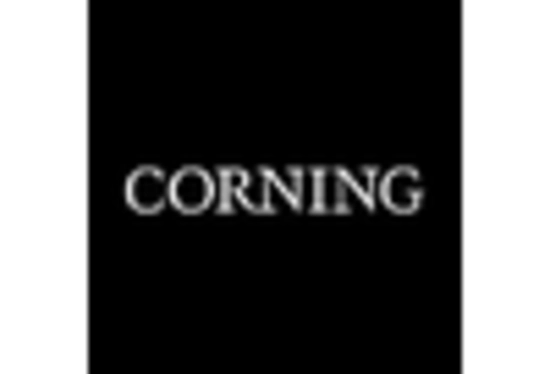
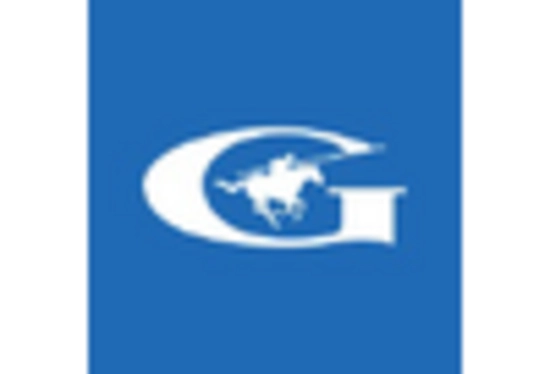
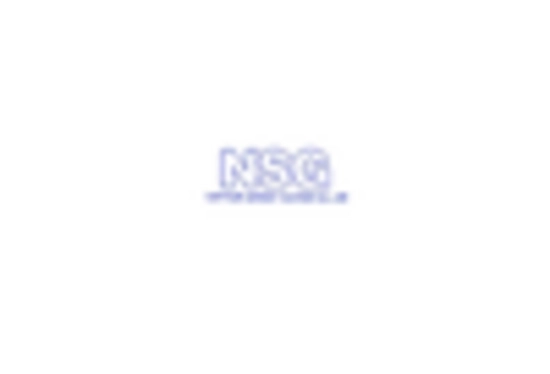

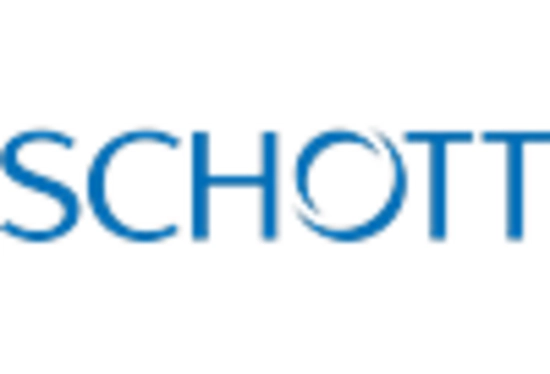








Leave a Comment